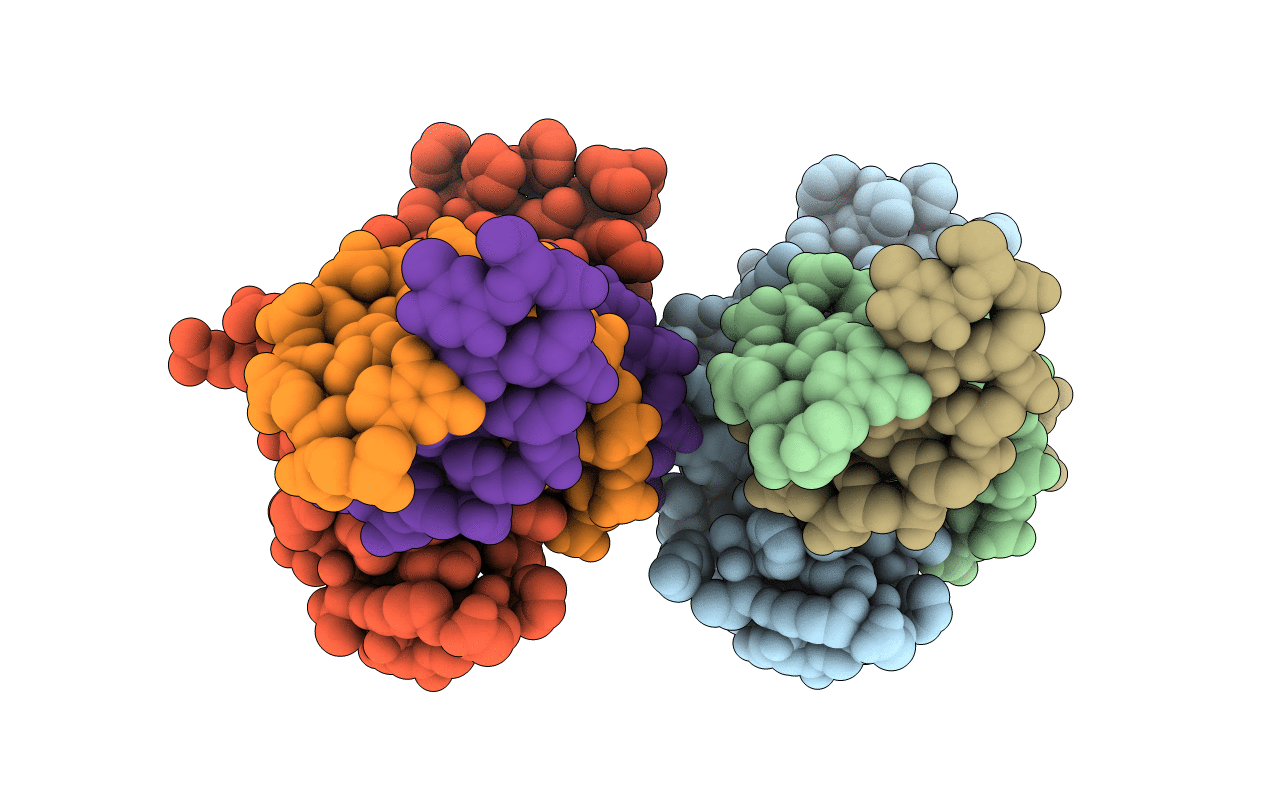
Deposition Date
1994-06-06
Release Date
1994-08-31
Last Version Date
2024-02-14
Entry Detail
PDB ID:
2DRP
Keywords:
Title:
THE CRYSTAL STRUCTURE OF A TWO ZINC-FINGER PEPTIDE REVEALS AN EXTENSION TO THE RULES FOR ZINC-FINGER/DNA RECOGNITION
Biological Source:
Source Organism:
Drosophila melanogaster (Taxon ID: 7227)
Host Organism:
Method Details:
Experimental Method:
Resolution:
2.80 Å
R-Value Work:
0.19
R-Value Observed:
0.19
Space Group:
P 21 21 21


